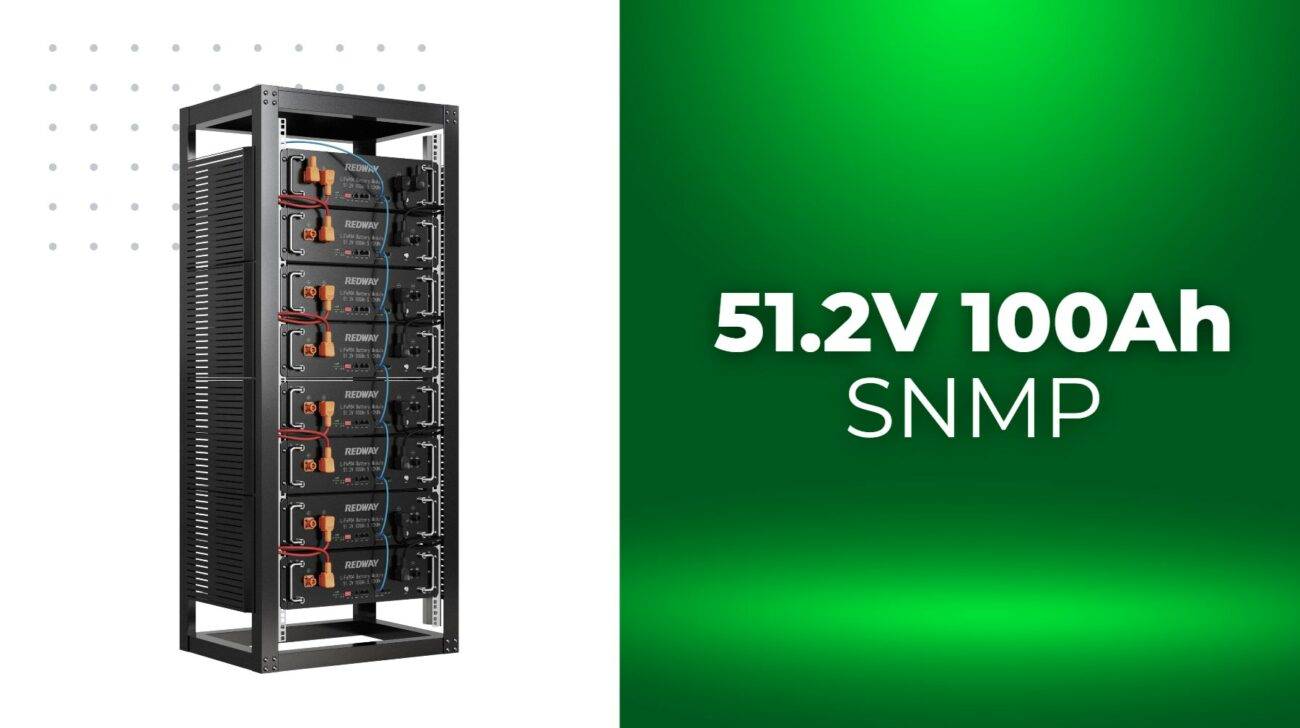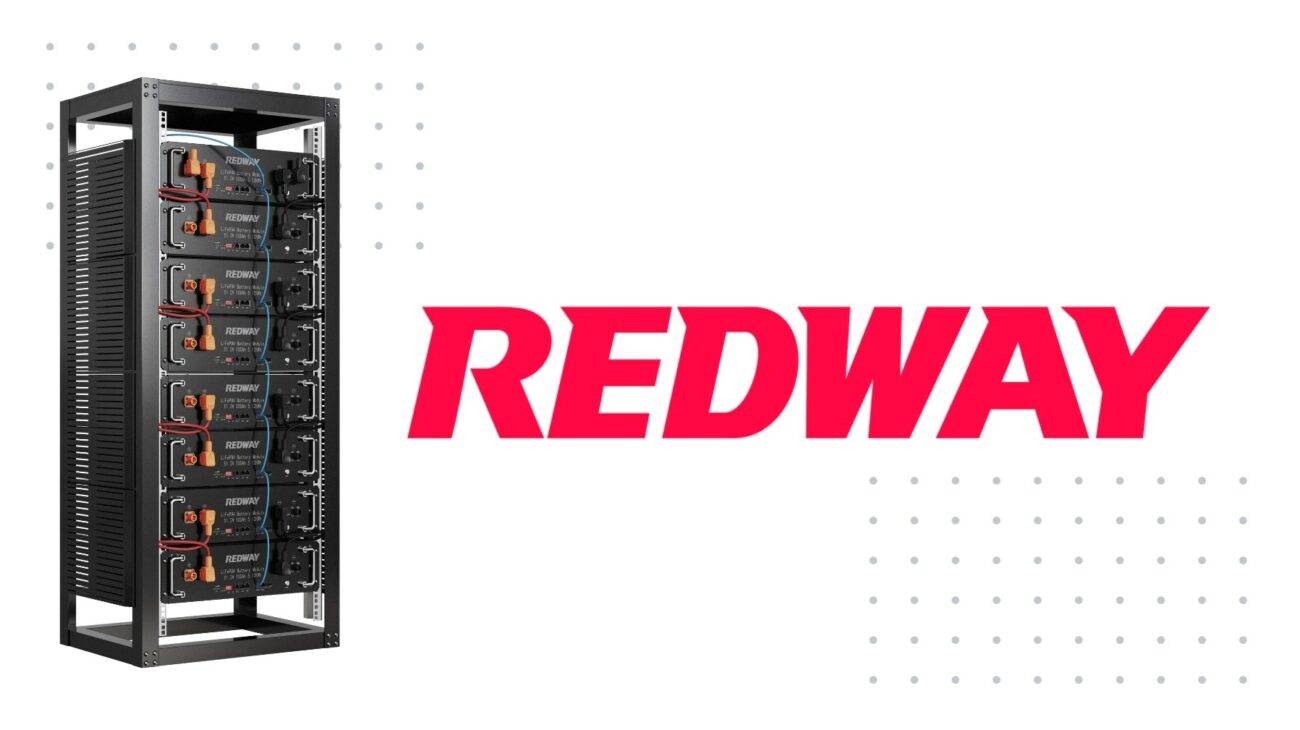- Lithium Golf Cart Battery
- Forklift Lithium Battery
-
48V
- 48V 210Ah
- 48V 300Ah
- 48V 420Ah (949 x 349 x 569 mm)
- 48V 420Ah (950 x 421 x 450 mm)
- 48V 456Ah
- 48V 460Ah (830 x 630 x 590 mm)
- 48V 460Ah (950 x 421 x 450 mm)
- 48V 460Ah (800 x 630 x 600 mm)
- 48V 460Ah (820 x 660 x 470 mm)
- 48V 500Ah
- 48V 560Ah (810 x 630 x 600 mm)
- 48V 560Ah (950 x 592 x 450 mm)
- 48V 600Ah
- 48V 630Ah
-
48V
- 12V Lithium Battery
12V 150Ah Lithium RV Battery
Bluetooth App | BCI Group 31
LiFePO4 Lithium
Discharge Temperature -20°C ~ 65°C
Fast Charger 14.6V 50A
Solar MPPT Charging - 24V Lithium Battery
- 36V Lithium Battery
- 48V Lithium Battery
-
48V LiFePO4 Battery
- 48V 50Ah
- 48V 50Ah (for Golf Carts)
- 48V 60Ah (8D)
- 48V 100Ah (8D)
- 48V 100Ah
- 48V 100Ah (Discharge 100A for Golf Carts)
- 48V 100Ah (Discharge 150A for Golf Carts)
- 48V 100Ah (Discharge 200A for Golf Carts)
- 48V 150Ah (for Golf Carts)
- 48V 160Ah (Discharge 100A for Golf Carts)
- 48V 160Ah (Discharge 160A for Golf Carts)
-
48V LiFePO4 Battery
- 60V Lithium Battery
-
60V LiFePO4 Battery
- 60V 20Ah
- 60V 30Ah
- 60V 50Ah
- 60V 50Ah (Small Size / Side Terminal)
- 60V 100Ah (for Electric Motocycle, Electric Scooter, LSV, AGV)
- 60V 100Ah (for Forklift, AGV, Electric Scooter, Sweeper)
- 60V 150Ah (E-Motocycle / E-Scooter / E-Tricycle / Tour LSV)
- 60V 200Ah (for Forklift, AGV, Electric Scooter, Sweeper)
-
60V LiFePO4 Battery
- 72V~96V Lithium Battery
- Rack-mounted Lithium Battery
- E-Bike Battery
- All-in-One Home-ESS
- Wall-mount Battery ESS
-
Home-ESS Lithium Battery PowerWall
- 24V 100Ah 2.4kWh PW24100-S PowerWall
- 48V 50Ah 2.4kWh PW4850-S PowerWall
- 48V 50Ah 2.56kWh PW5150-S PowerWall
- 48V 100Ah 5.12kWh PW51100-F PowerWall (IP65)
- 48V 100Ah 5.12kWh PW51100-S PowerWall
- 48V 100Ah 5.12kWh PW51100-H PowerWall
- 48V 200Ah 10kWh PW51200-H PowerWall
- 48V 300Ah 15kWh PW51300-H PowerWall
PowerWall 51.2V 100Ah LiFePO4 Lithium Battery
Highly popular in Asia and Eastern Europe.
CE Certification | Home-ESS -
Home-ESS Lithium Battery PowerWall
- Portable Power Stations
What is Lithium Batteries Laser Welding Technology?

Lithium batteries laser welding technology involves using lasers to join battery components with precision. This method enhances manufacturing efficiency by providing strong welds while minimizing heat damage to sensitive materials. Laser welding improves overall battery performance by ensuring better connections between cells, leading to increased reliability and longevity in lithium battery applications.
Overview of Lithium Battery Laser Welding Technology
Lithium battery laser welding technology utilizes high-energy laser beams to create strong, precise welds between battery components such as tabs, busbars, and enclosures. This method is particularly beneficial in the production of lithium-ion batteries due to its ability to minimize heat input, which reduces the risk of thermal damage to sensitive materials.
Chart: Comparison of Traditional vs. Laser Welding Methods
| Feature | Traditional Welding | Laser Welding |
|---|---|---|
| Heat Input | High | Low |
| Speed | Slower | Faster |
| Precision | Moderate | High |
| Environmental Impact | Moderate | Minimal |
| Material Compatibility | Limited | Wide |
Principles of Laser Welding in Lithium Batteries
Laser welding involves directing a concentrated beam of light onto the materials being joined, causing them to melt and fuse together. The process can be finely controlled to ensure that only the intended areas are affected, which is crucial for maintaining battery performance.
Key Aspects of the Process:
- Energy Density: The high energy density of lasers allows for quick melting and solidification, resulting in strong welds.
- Non-contact Method: This minimizes contamination and mechanical stress on delicate components.
- Precision Control: The ability to focus the laser beam accurately ensures high-quality welds with minimal defects.
Key Advantages of Laser Welding
Laser welding offers several advantages over traditional methods:
- High Efficiency: The speed of laser welding significantly reduces production time.
- Enhanced Quality: Welds are cleaner and stronger, with fewer defects such as pores or cracks.
- Environmentally Friendly: The process generates minimal waste and does not produce harmful emissions.
- Versatility: Suitable for a variety of materials including aluminum, copper, and stainless steel.
Chart: Benefits of Laser Welding
| Benefit | Description |
|---|---|
| Speed | >5 times faster than MIG welding |
| Strength | Higher joint strength due to increased weld area |
| Flexibility | Ability to weld different shapes and sizes |
| Environmental Impact | Low waste generation and no harmful substances |
Applications of Laser Welding in the Battery Industry
Laser welding is increasingly used in various sectors within the battery industry:
- Electric Vehicles (EVs): Ensures reliable connections in high-performance batteries.
- Energy Storage Systems: Provides robust connections that enhance safety and efficiency.
- Consumer Electronics: Facilitates the production of compact, high-capacity batteries.
Choosing the Right Laser Welding Machine
Selecting an appropriate laser welding machine is critical for optimizing production:
- Material Compatibility: Consider the types of materials being welded.
- Power Requirements: Choose a machine that matches the thickness and type of material.
- Automation Capabilities: Machines that can integrate into automated systems can enhance efficiency.
Recent Innovations and Trends in Laser Welding Technology
The field is witnessing rapid advancements, including:
- Development of more efficient laser sources.
- Integration with AI for improved process control.
- Enhanced automation features for large-scale production.
Latest News
Recent developments highlight growing interest in lithium battery laser welding technology:
- Major manufacturers are investing in advanced laser systems to meet rising demand for EV batteries.
- Research shows that improved welding techniques can extend battery life by reducing internal resistance.
- New partnerships between tech companies aim to innovate battery assembly processes using laser technology.
Redway Expert Comment
“Laser welding technology represents a significant leap forward in battery manufacturing,” says industry expert Dr. Jane Redway. “Its precision and efficiency not only improve product quality but also align with sustainability goals by reducing waste and energy consumption.”
Frequently Asked Questions (FAQ)
Q1: What materials can be welded using laser technology?
A1: Laser welding can effectively join various materials including aluminum, copper, stainless steel, and nickel-plated components used in lithium batteries.Q2: How does laser welding improve battery performance?
A2: By creating strong, precise welds with minimal thermal impact, laser welding enhances electrical conductivity and structural integrity, leading to better overall performance.Q3: Is laser welding environmentally friendly?
A3: Yes, laser welding produces minimal waste and does not generate harmful emissions, making it a cleaner alternative compared to traditional methods.



















